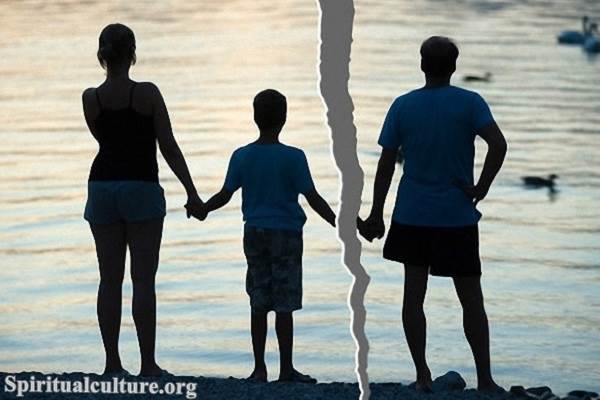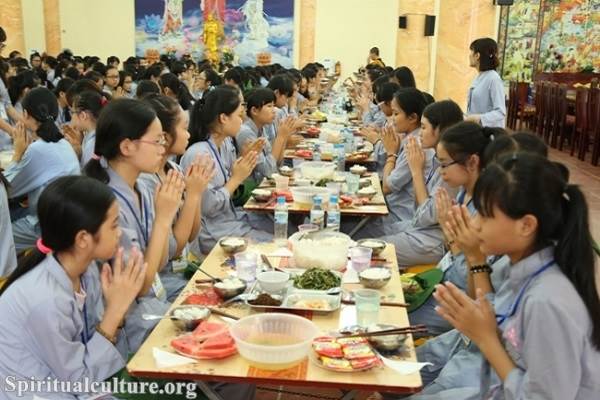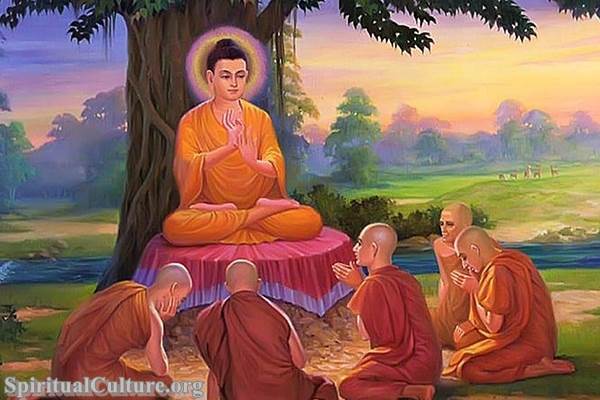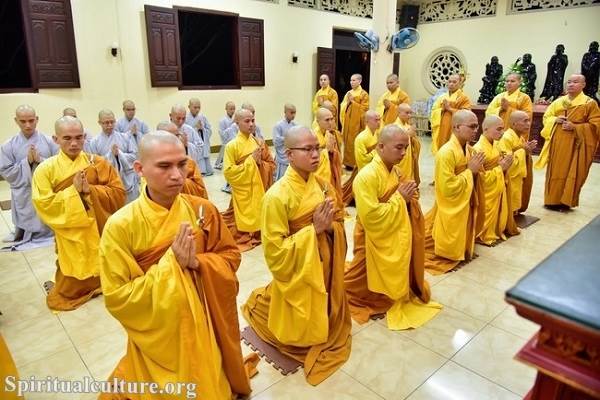Aging and dying — two unavoidable truths that touch every human life. In a world often obsessed with youth and longevity, these realities can feel like unwelcome visitors. Yet for millennia, Buddhism has offered a countercultural lens: one that sees aging not as decline, but as deepening; dying not as defeat, but as transformation.
As Spiritual Culture, we invite you to pause and breathe with this tender subject. This article explores how Buddhist philosophy views aging and dying — not with fear or denial, but with acceptance, insight, and a profound respect for the impermanence of life. Whether you’re seeking solace for your own journey or trying to support a loved one through theirs, may these teachings offer you peace.
The Nature of Impermanence (Anicca)
Embracing Change as the Law of Life
At the very heart of Buddhist teaching lies the principle of Anicca, or impermanence. Everything that arises must pass away — our thoughts, our bodies, our relationships, even our identities.
Aging is not an error to be fixed, but a manifestation of this truth. To age is to live according to the Dharma — the natural order of things. Just as a flower blooms and fades, so too do we. To resist this change is to suffer; to embrace it is to find peace.
As the Buddha said:
“All conditioned things are impermanent — when one sees this with wisdom, one turns away from suffering.”
— Dhammapada, Verse 277
Aging as a Mirror of Reality
In Buddhist monasteries, monks often meditate in charnel grounds or reflect upon the decomposition of the body — not out of morbidity, but to awaken insight. Contemplating aging sharpens awareness of what truly matters.
In this view, wrinkles are not flaws — they are reminders. Each gray hair, each slower step, becomes a dharma bell, calling us to mindfulness and humility.
The Gift of Aging: Time to Awaken
Later Life as a Spiritual Opportunity
Rather than being a time of loss, aging is seen as a golden opportunity. Freed from the distractions of youth and ambition, the aging individual can turn inward — toward reflection, clarity, and liberation.
This is echoed in the words of the Buddha:
“The wise who restrain themselves, who act with moderation and faith, who are pure and discerning — they find peace.”
— Dhammapada, Verse 95
Elderhood in Buddhism is honored. It is a time when the outer world may contract, but the inner world can expand.
Stories of Sages in Later Life
Many revered Buddhist teachers attained profound realization later in life. The Thai Forest tradition, for instance, is full of stories of elderly monks reaching deep insight through meditation in their final decades.
In Tibet, practitioners may spend their final years in retreat — not to escape the world, but to embrace it with deeper vision.
These examples remind us: it is never too late to awaken.
Mindfulness of Death (Marana-Sati)
The Practice of Dying Before We Die
Buddhism encourages regular reflection on death — not to induce fear, but to cultivate awareness. The practice of Marana-sati, or mindfulness of death, reminds us that life is fleeting and precious.
A common reflection is:
“Death is certain. The time of death is uncertain. What shall I do with this precious life?”
By contemplating death daily, we become less attached to illusions of permanence. We live more fully, love more freely, and prepare for the inevitable with grace.
Letting Go at the End
When the time of death approaches, Buddhist practitioners are encouraged to let go — of fear, of clinging, of unfinished business. This does not mean denial, but a courageous facing of reality.
Death becomes not a tragedy, but a transition. Like a bird leaving the nest or a wave returning to the ocean, the self dissolves into a wider wholeness.
Compassion and Karma at the End of Life
Dying with a Peaceful Mind
In Buddhism, the state of mind at the moment of death is believed to strongly influence the next rebirth. Hence, the dying process is sacred.
Families and caretakers are encouraged to create a calm environment — free from emotional agitation. Chanting, prayers, and the presence of loved ones can support the dying person in letting go peacefully.
“Whatever one frequently thinks and ponders upon, that will become the inclination of the mind.”
— Majjhima Nikaya 19
Peace at death is not accidental; it is the fruit of a life lived in awareness.
Karma and Continuity
Buddhism teaches that death is not the end, but a transition in the cycle of rebirth (samsara). The quality of our actions (karma) influences what comes next.
This is not fatalistic, but empowering. Every act of kindness, every moment of mindfulness, becomes part of a legacy that outlives the body.
Cultural Rituals Around Death in Buddhist Traditions
Theravāda Practices
In Theravāda countries like Sri Lanka, Thailand, and Myanmar, monks may chant suttas for the dying and deceased. The focus is on merit-making — transferring the fruits of good deeds to support the soul’s journey.
After death, it’s common to observe seven-day, 49-day, or 100-day rituals — times believed to correspond with stages of transition.
Mahāyāna and Vajrayāna Traditions
In Mahāyāna Buddhism (e.g., in China, Korea, Vietnam), death rites often include chanting Amitabha Buddha’s name — to aid rebirth in the Pure Land, a realm of ultimate learning and liberation.
In Vajrayāna (Tibetan) Buddhism, the Bardo Thodol (Tibetan Book of the Dead) is read or chanted to guide the consciousness through the intermediate state (bardo) between death and rebirth.
These rituals are not mere formalities — they are compassionate tools, guiding the soul toward light and freedom.
Applying Buddhist Wisdom to Modern Aging
Letting Go of Youth Culture
In today’s society, aging is often treated as something to hide or fight. Cosmetics, surgeries, and supplements promise eternal youth. But Buddhism invites a radical shift: to honor the journey of age.
Instead of resisting the mirror, we bow to it. Instead of fearing the slowdown, we savor the stillness.
Aging with Mindfulness
Mindfulness allows us to meet each moment as it is — including pain, loss, and memory. For aging individuals, this practice can be deeply healing.
Each breath becomes a friend. Each ache becomes a teacher. Each goodbye becomes a gateway to deeper gratitude.
What We Can Learn from Buddhist Elders
A Presence That Speaks Beyond Words
Spend time with a seasoned Buddhist monk or nun, and you’ll notice something rare: a calm presence, free from hurry or complaint. Their wrinkles are not marks of stress, but signs of surrender.
This presence is not reserved for monastics. It is cultivated through a lifetime of spiritual practice — and it’s available to us all.
Preparing for Our Own Departure
Whether we are 30 or 80, death is not someone else’s problem. To live well is to die well. And to die well is to live without clinging.
Aging gracefully, in Buddhism, means living so fully now that we are ready for whatever comes next.
Reflect and Reimagine
Aging and dying are not curses to be avoided — they are invitations to deeper truth. Buddhist wisdom does not flinch from life’s final chapters. It reads them tenderly, reverently, with eyes open and heart soft.
What might change if we embraced aging as sacred? If we saw dying not as an end, but as part of the great unfolding?
As Spiritual Culture, we leave you with this encouragement: live each day as if it were your last — not in dread, but in depth. Love fully, let go gently, and walk the path with eyes wide to the beauty of your impermanence.
May your aging be graceful, your dying peaceful, and your spirit free.




